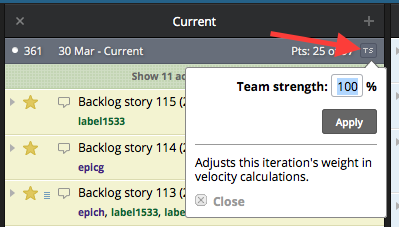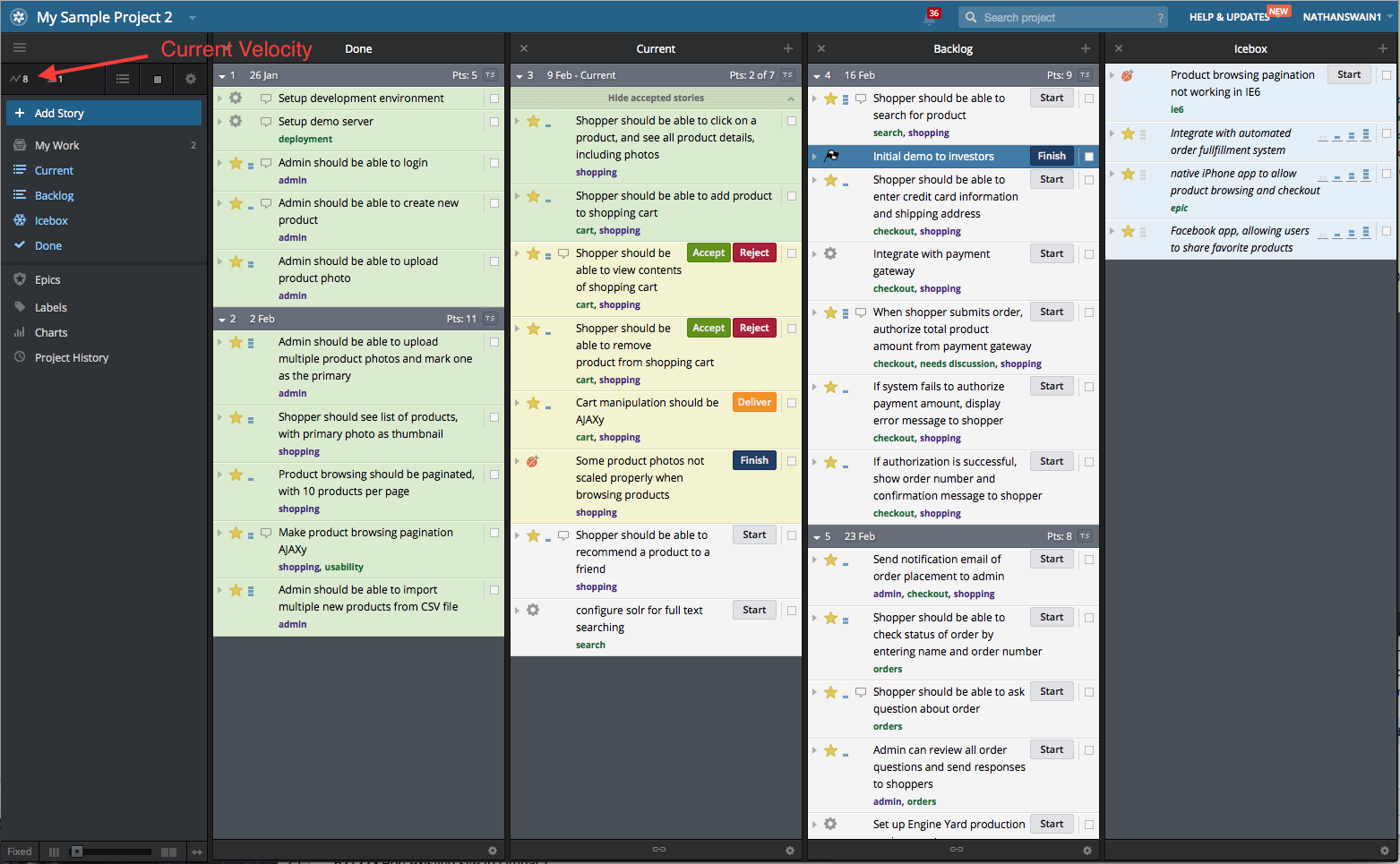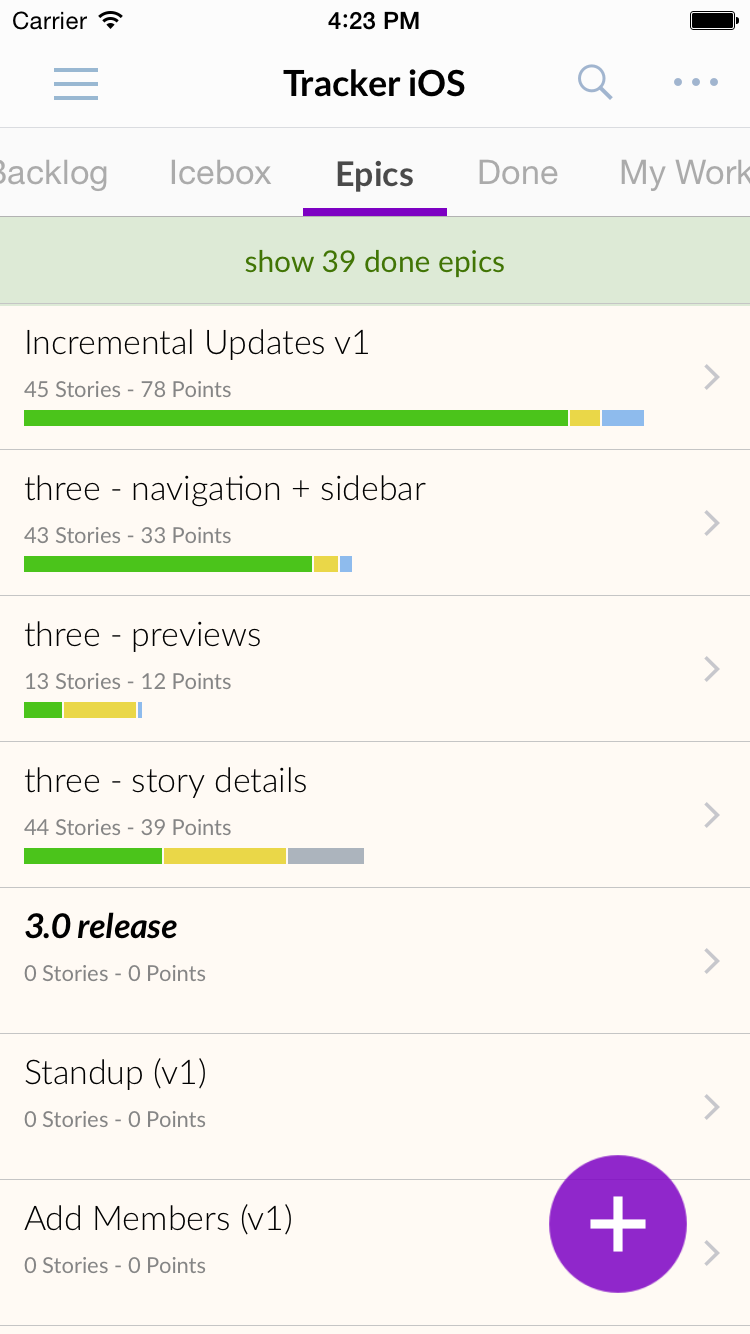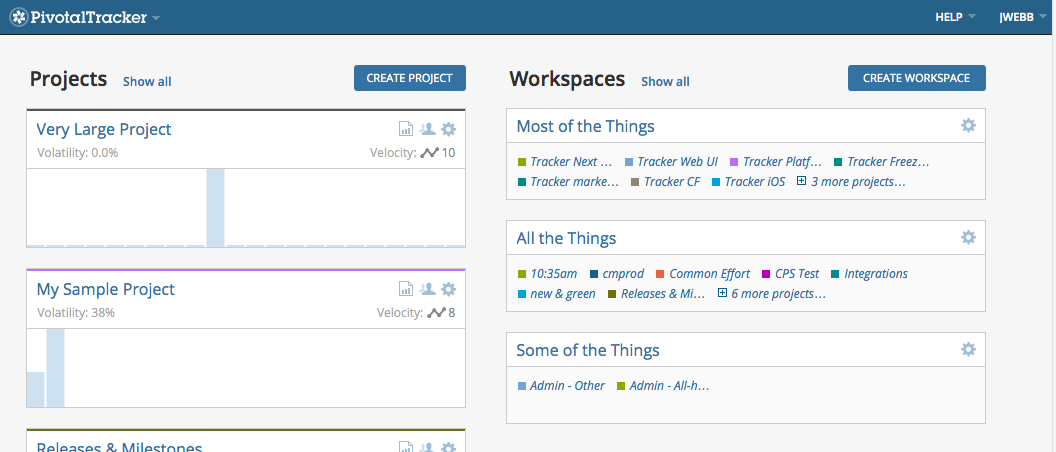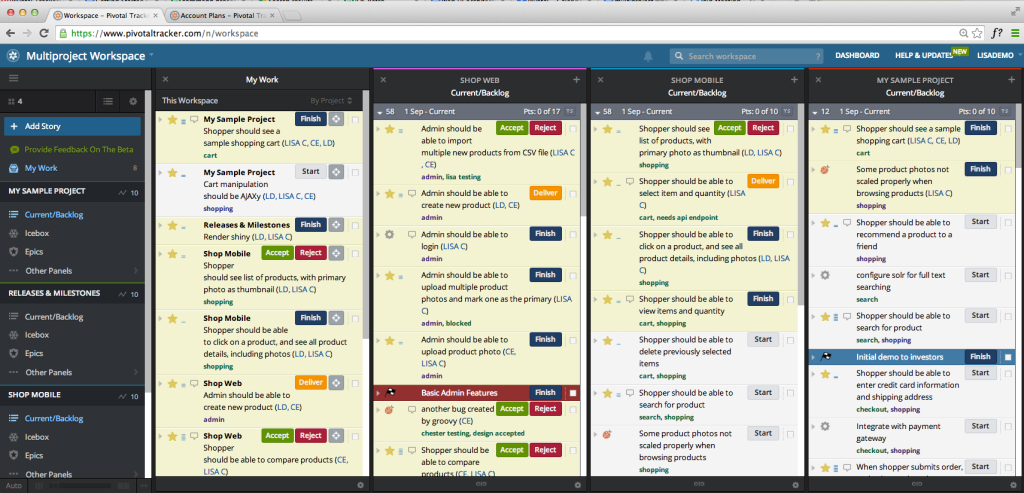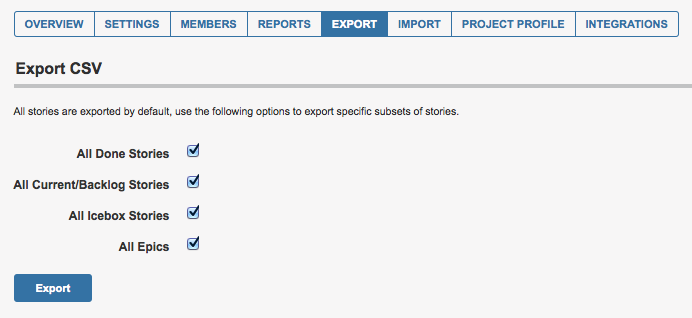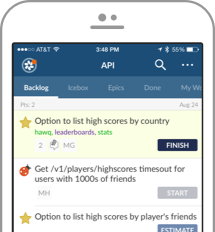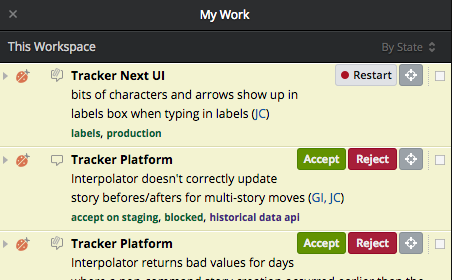
A workspace is a group of projects that you view all together on one page. Everything that you can do in an individual project—and then some—can be done in a workspace. You can estimate stories, plan iterations, attach documents, and accept or reject to your heart’s content. In addition to the basic stuff, workspaces give you some extra oomph to get through your day. On the Tracker team, we’ve been using workspaces for a while and now cannot imagine life without them. Here are a few ways we use workspaces every day.
Read more...



